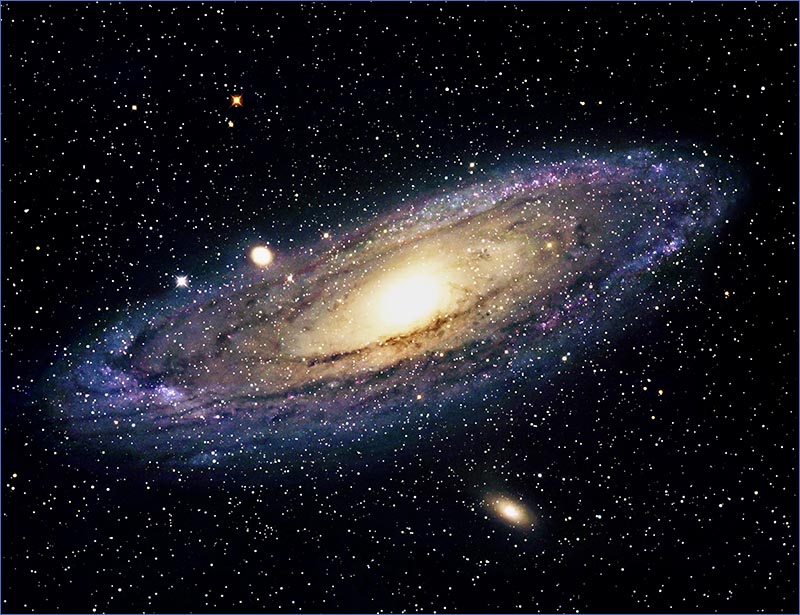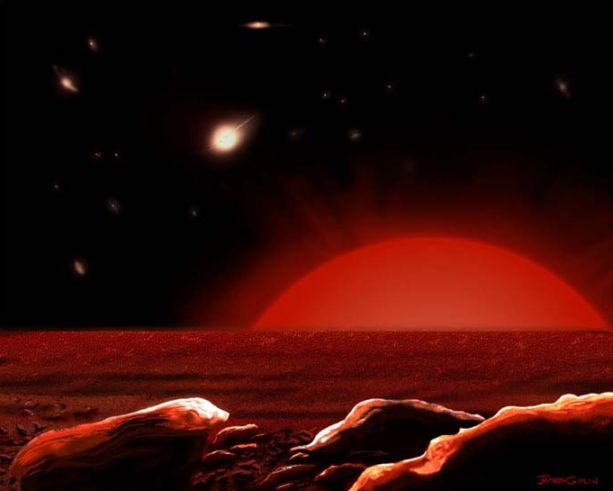Thanks to ALL that replied in this thread ... much information to think about. I have to be out of town today, and so any comments I make will have to wait until tomorrow.
I did want to reply to something Amazing said though, before I leave:
You said that stars cannot be seen outside our Galaxy. This is not accurate. If we can see other Galaxies, such as the nearby Andromeda, we can see some stars in that Galaxy. The reason we do not see individual stars outside our Galaxy is that they are not there. Stars only cluster into Galaxies.I think if you will go back and review what I said, Amazing, you'll find that we say pretty much the same thing. I said: "There are no stars outside our galaxy that can be seen at all. Stars outside our galaxy would be stars inside OTHER galaxies, and of course aren't individually viewable through even the most powerful telescopes. The most powerful telescopes are unable to even detect OTHER PLANETS...which are part of our galaxy....so it's understandable that although other galaxies themselves can be brought into view the numberless individual suns (stars) that comprise those galaxies cannot be discerned."
With regard to you having said, "If we can see other Galaxies, such as the nearby Andromeda, we can see some stars in that Galaxy", I plan to search for a large photo of that very galaxy which I bought at a Planetarium, quite some years ago, that I have stored away here somewhere at the house. If some of the individual stars that make up that galaxy can indeed be seen/distinguished, the photo I have will show it. So, you very well may be right, and my memory has just faded. Of course, there has to be some way for knowing that galaxies are constructed of stars.
Thanks again, everybody.
Yadirf
Daniel 11:35 ... a KEY prophecy that must be fulfilled before the "time of the end" gets underway.

